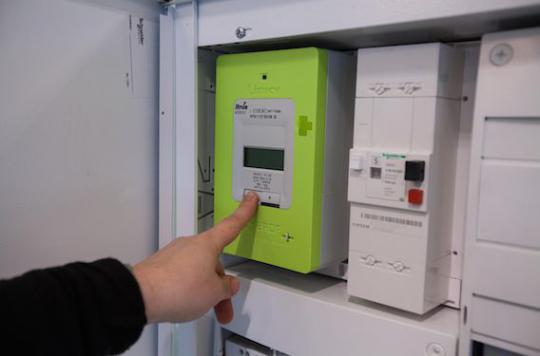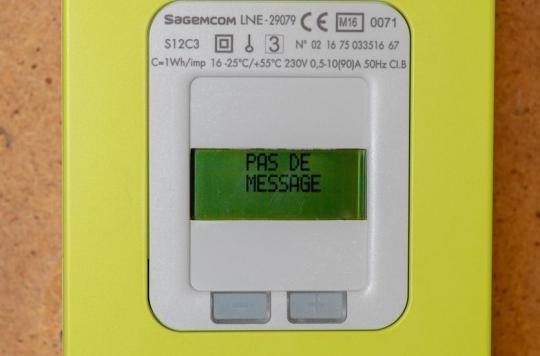The Linky meter has no effect on exposure to electromagnetic fields. The National Frequency Agency reassures concerns on this subject.

Move along, nothing to see. At a time when French homes are divided over EDF’s new electricity meter, the National Frequency Agency (ANFR) responded to concerns with three full reports. The last two parts, published on September 22, are just as reassuring as the first. The presence of the Linky meter in housing does not present a health risk. The electromagnetic fields emitted are much lower than the regulatory values.
No more nighttime broadcasts
The first resistance to this device, imposed by law, quickly appeared. 100% of housing will have to be equipped in 2024, states the text. This new generation of meters has the ability to send and receive information through the wires of the electrical sector. This is called communication by power line carriers (CPL), emitting frequencies similar to that of radio clocks. What arouse the panic of part of the population.
Unjustified, slices the ANFR. Responsible for a series of studies to appease the spirits, the Agency publishes two reports which indeed have something to relieve the most worried. Laboratory studies were continued at night. This is when the Linky meters will send the information to district transformers, equipped with concentrators. Even under these conditions, exposure to electric fields remains well below the legal thresholds. They vary from 0.25 to 0.8 V / m at 20 cm from the meters. That’s 100 to 350 times less than regulatory limits.
Safe homes
But what about in real life conditions? The ANFR questioned itself and analyzed the emissions from the Linky meter in 5 households. Three devices were located inside the accommodation, two outside. In both cases, the exposure levels are very low. But above all, they drop when the sensor moves away from the network cables. “Along the network, the maximum magnetic field level quickly attenuates downstream of the meter while the maximum electric field level varies less,” says the Agency. Here again, the results are in line with the first phase of laboratory studies.
In view of the data published by the ANFR, there is no doubt: the Linky meter does not increase exposure. It is therefore without risk to health. But before reaching these conclusions, the Agency continues its work. It will carry out additional measurements at private homes, before focusing on concentrators located in district transformers.
.













